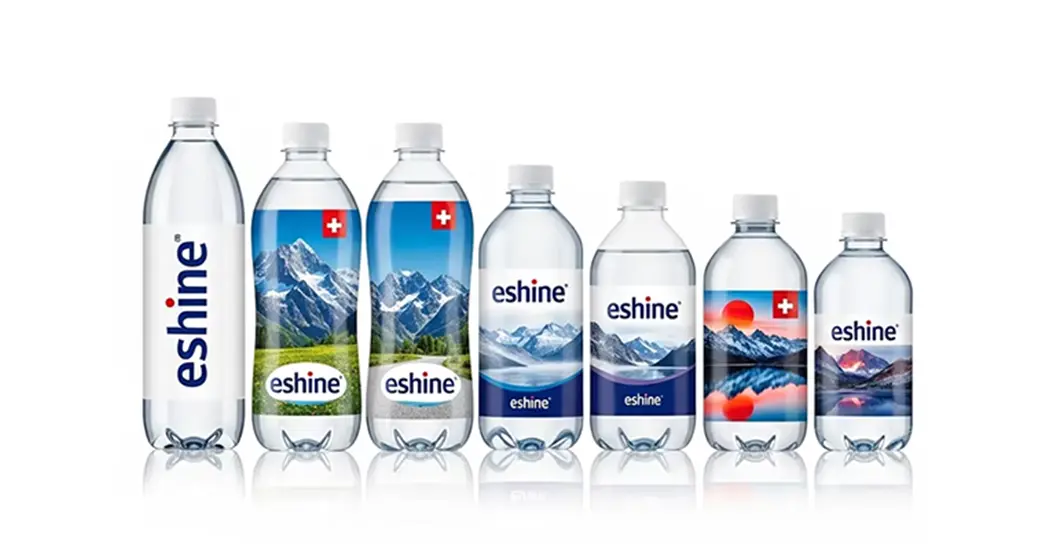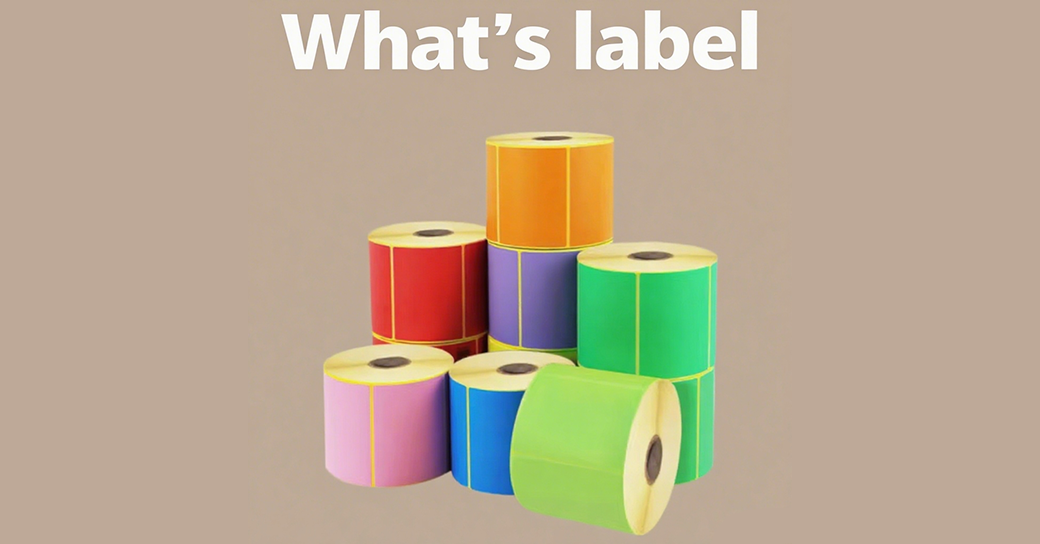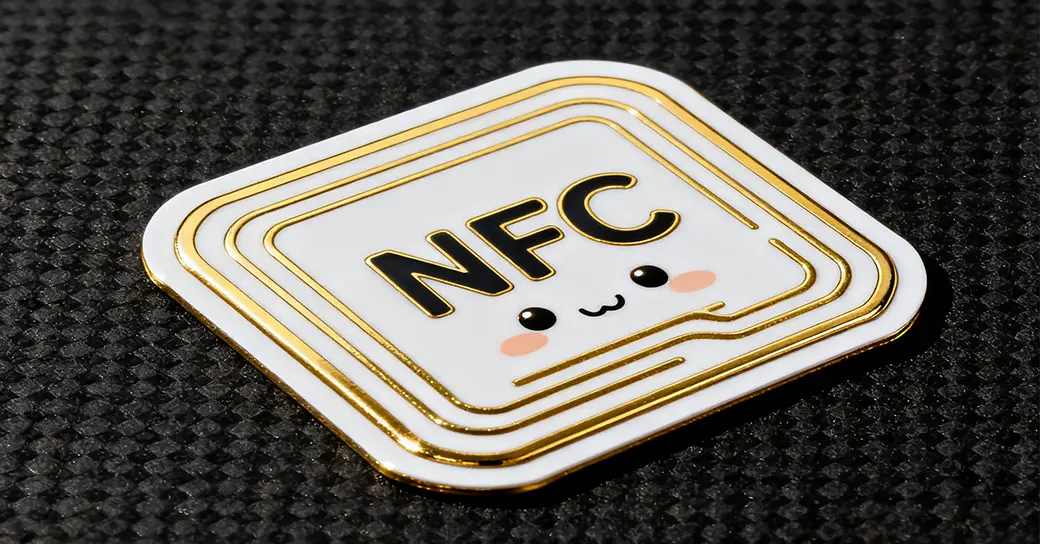Small label stickers: a multi-dimensional analysis from function to commercial value
Label stickers, seemingly inconspicuous objects, play an indispensable role in daily life and business operations. From product descriptions on supermarket shelves to logistics information on express parcels, from traceability labels on fresh fruits to Ingredient Labels on cosmetic bottles, it connects products and consumers, information and needs in a simple and direct way. The seemingly simple label stickers actually contain rich functional attributes and business logic.
From the perspective of materials, the selection of label stickers is a science. For different scenarios, the adaptability of the material directly determines its practicality: food-grade waterproof materials must be used in the food field to ensure that the information is clear and does not fall off in refrigerated and humid environments; electronic product labels must have high temperature resistance and wear resistance to cope with complex environments during transportation and use; and the labels of cultural and creative products pay more attention to texture. Matte paper, kraft paper or transparent PVC and other materials can instantly enhance the artistic tone of the product. The innovation of functional materials such as waterproof, oil-proof, and degradable has allowed label stickers to break through the limitations of "disposable identification" and become a reliable carrier for product protection and information retention.
In commercial scenarios, label stickers are silent salesmen of brands. Customized printing makes each label an extension of the brand symbol - the colorful labels on fresh fruit packaging are printed with farm LOGO and organic certification, instantly shortening the distance with consumers; the exquisite labels on cosmetic bottles not only mark the ingredients, but also convey the high-end positioning of the brand through design. For small and medium-sized enterprises, low-cost label customization is an efficient way to improve product recognition, especially in scenes such as farmers' markets and handmade markets, a unique label can make the product stand out from the same category.
Information transmission is the core function of label stickers, but it is more than basic labeling. Today, when food safety is increasingly valued, traceability labels allow consumers to scan the code to view the production process; the anti-counterfeiting QR code on the drug label adds another line of defense for safety; even in scenes such as book borrowing and asset management, labels also play an important role in information tracking. This "small and exquisite" information carrier realizes accurate information transmission and efficient management at a very low cost.
With the popularization of environmental protection concepts, label stickers are also transforming towards greening. The application of degradable materials and the development of glue-free self-adhesive technology allow labels to naturally blend into the environment after completing their mission, reducing pollution. This not only responds to the global environmental protection trend, but also becomes a window for brands to demonstrate their social responsibility, winning the favor of consumers who focus on sustainable development.
From a simple price tag to a brand carrier that integrates technology and design, the evolution of label stickers reflects the subtle changes in business and life. It may be small, but it connects products and users, details and experience in a unique way, carrying a value far beyond its size in a small space.













